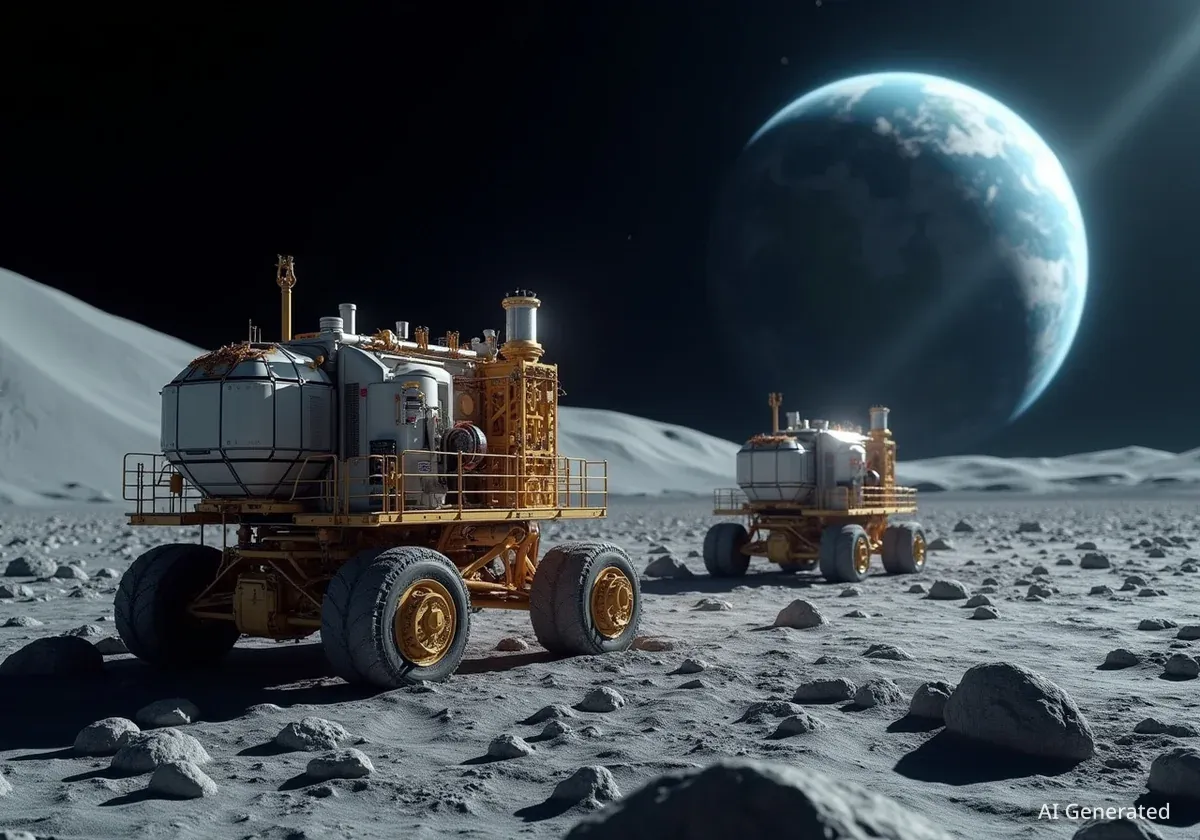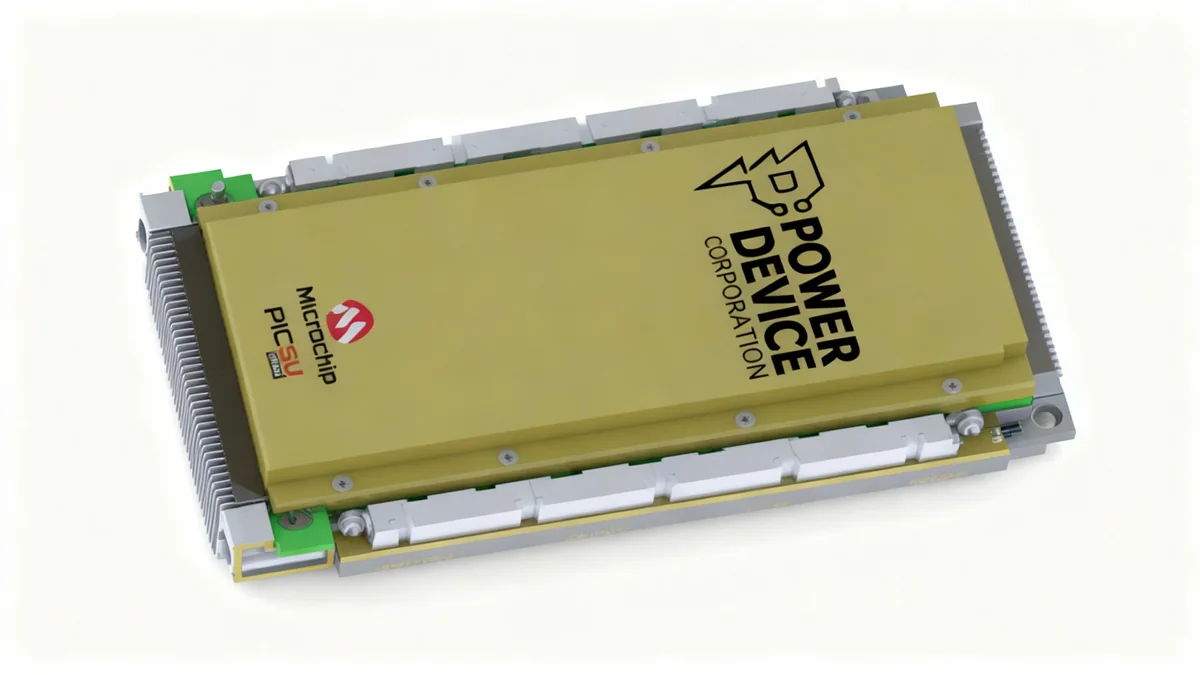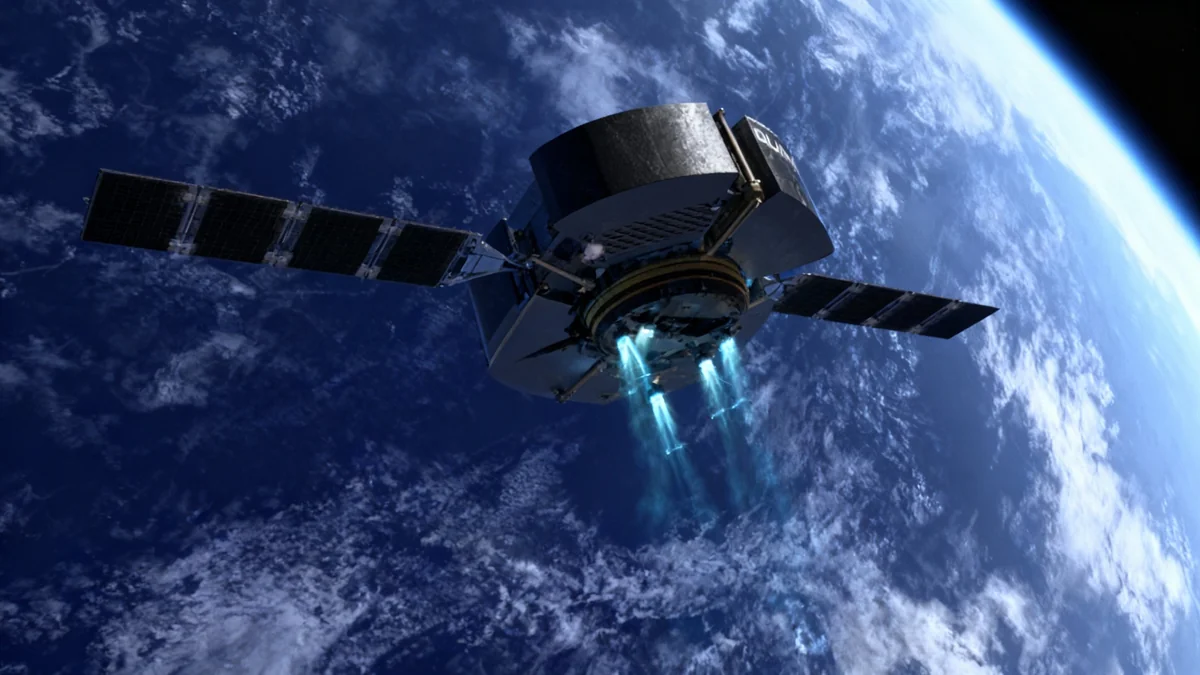A new era of space exploration is underway, driven by fierce geopolitical competition and rapid advancements in technology. The United States and its European allies are accelerating plans for a permanent human presence on the Moon, directly competing with a similar joint initiative by China and Russia. This contest is not just about planting flags; it's about establishing the foundation for a future cislunar economy, an economic sphere of activity between Earth and the Moon.
Central to these ambitions are emerging technologies like artificial intelligence, quantum computing, and biotechnology. These innovations are transforming what is possible in space, from autonomous construction of massive orbital structures to mining lunar resources and sustaining human life far from Earth. The race to master these technologies will likely determine who leads humanity's expansion into the solar system.
Key Takeaways
- A new space race is intensifying between a US-EU partnership and a China-Russia alliance, with both aiming for permanent moon bases in the 2030s.
- Emerging technologies like AI, quantum sensors, and biotechnology are the primary drivers of this competition, enabling new capabilities in space.
- The ultimate goal is to create a self-sustaining cislunar economy, involving in-space manufacturing, resource mining, and advanced scientific research.
- Experts believe these technologies could make a robust space economy feasible by the middle of the 21st century.
The Geopolitical Push for Lunar Dominance
Governments are setting ambitious timelines that highlight the urgency of this new competition. In August 2025, NASA formalized its goal to construct a nuclear reactor on the Moon by 2030. This power source is considered essential for the Artemis program, a US-led initiative supported by the European Union (EU) to establish a sustainable human settlement on the lunar surface.
This move is a direct response to coordinated efforts by rival powers. China and Russia are collaborating on their own project, the International Lunar Research Station. Their plans also rely on a dedicated nuclear reactor, with a target completion date in the mid-2030s. The parallel development of these lunar outposts underscores a strategic race for resources, territory, and technological supremacy beyond Earth's atmosphere.
What is a Cislunar Economy?
The term "cislunar economy" refers to all economic activities conducted in the space between the Earth and the Moon, including on the lunar surface. This could involve satellite servicing, orbital manufacturing, asteroid mining, space tourism, and scientific research conducted for commercial purposes. Proponents believe it could become a multi-trillion dollar industry this century.
While these goals face immense technical and financial hurdles, the political will is clear. Both the EU's draft Space Act and a recent US executive order on commercial space development signal strong government backing for the private industries that will build this new infrastructure.
The Tech Revolutionizing Space Operations
The vision of a bustling cislunar economy is being made possible by a handful of transformative technologies. Analysts with experience at NASA, the European Space Agency (ESA), and leading private companies point to three key areas that are fundamentally changing space exploration and commercialization.
Artificial Intelligence and Autonomous Systems
Artificial intelligence is paving the way for a new paradigm in space construction. The concept of In-Space Servicing, Assembly, and Manufacturing (ISAM) relies on AI-powered robotics to perform complex tasks without direct human intervention. Modular components, launched separately and more cheaply, could use AI to autonomously find each other and self-assemble into massive structures.
Potential applications include:
- Next-generation space telescopes with unprecedented power.
- Orbital refueling stations to extend the life and range of satellites and spacecraft.
- Zero-gravity factories for producing materials impossible to make on Earth.
Microgravity manufacturing is already a reality. The US company Varda Space Industries is currently using its orbital platform to develop biopharmaceuticals, demonstrating the commercial viability of producing high-value goods in space.
Quantum Technologies for Navigation and Security
Quantum technology promises to solve two of space's biggest challenges: secure communication and precise navigation. A network of satellites equipped with quantum encryption could create a virtually unhackable communications system for military and commercial data.
Sensing from Orbit
Emerging quantum sensors are so sensitive they can measure minute gravitational fluctuations from space. This allows them to map the density of materials below the Earth's surface, identifying underground water aquifers and deposits of critical minerals without ever breaking ground. The same technology could be used to pinpoint valuable mining sites on the Moon.
Space-based atomic clocks, already under development by the ESA, would synchronize these quantum networks. They would also enable spacecraft to navigate autonomously in deep space with incredible accuracy, reducing their reliance on signals from Earth.
Biotechnology for Long-Term Survival
Sustaining human life in the harsh environment of space is a monumental challenge. Biotechnology offers innovative solutions that could make long-term habitats on the Moon and beyond a reality. Researchers are engineering novel materials from fungi to create lightweight, self-healing composites that can serve as effective radiation shields for space stations and lunar bases.
"Near-future synthetic biology applications could dramatically reduce the need to resupply space habitats through the use of bioregenerative life support systems that generate oxygen and food."
These closed-loop systems would recycle waste and produce essential resources on-site, a critical step toward making human settlements in space truly self-sufficient. This biological approach to life support could be the key to unlocking long-duration missions to Mars and other destinations.
A Collaborative Path Forward
While competition drives much of the current progress, experts argue that collaboration among allied nations is essential to stay ahead. The United States and the EU possess complementary strengths in the commercial space sector. By reducing barriers to investment and technological integration, they can create a more robust and competitive ecosystem.
Analysts suggest that fostering cross-investment in each other's commercial space startups and streamlining the integration of advanced capabilities would materially boost their collective position. Such steps are seen as vital for outpacing strategic rivals and unlocking the full potential of the cislunar economy.
The coming decade will be a critical period. The nations that successfully harness AI, quantum tech, and biotech to build a sustainable presence on the Moon will not only lead this new space age but will also shape the future of technology and commerce for generations to come.





